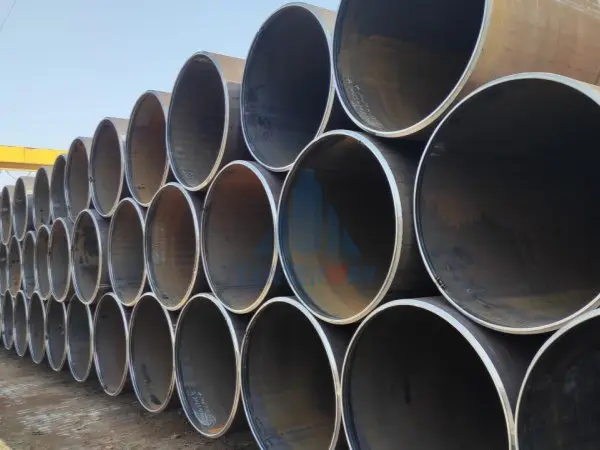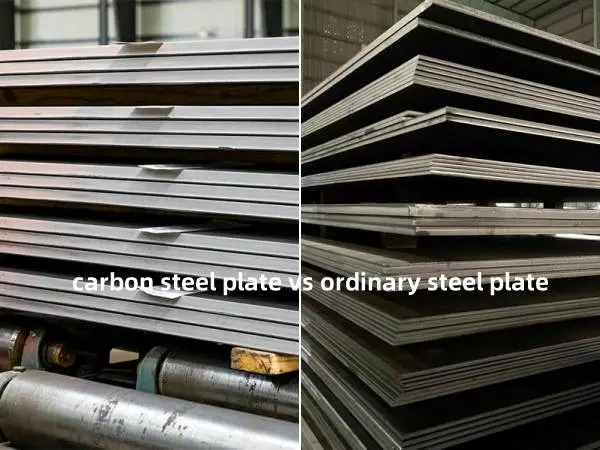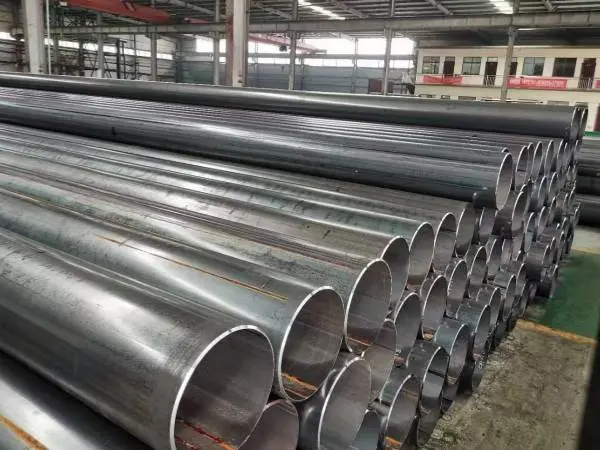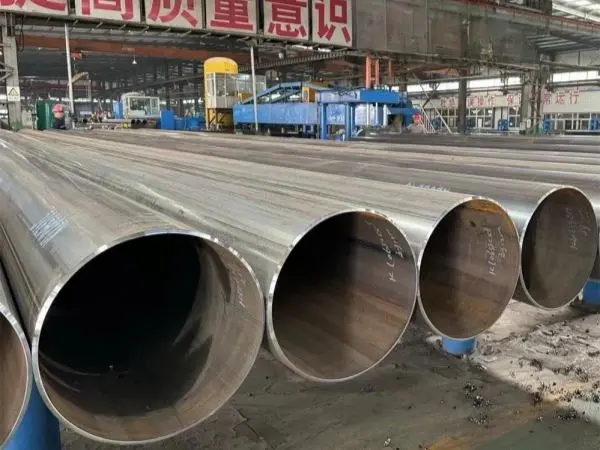- Phone0086 731 8564 8255
- E-mailsales@cscsteel-manufacturing.com
-

Galvanized steel pipes are widely used in various applications due to their durability, strength, and resistance to corrosion. The primary method used to protect these pipes from corrosion is the application of a zinc coating, which acts as a sacrificial barrier between the steel and environmental factors like moisture, oxygen, and chemicals. However, over time, the galvanized coating can degrade or be damaged, leading to corrosion. Therefore, additional protective measures are often required to extend the lifespan of galvanized steel pipes, especially in harsh environments.
Here are several methods for enhancing the corrosion protection of galvanized steel pipes:
1. Maintaining the Integrity of the Zinc Coating
The most effective way to protect galvanized steel pipes from corrosion is to ensure the integrity of the zinc coating. The zinc layer acts as a barrier that prevents rust from forming on the steel surface. To maintain the coating:
Inspect regularly: Regular inspections for signs of damage, such as scratches, wear, or chips, should be conducted. Any damage to the zinc coating should be repaired immediately to prevent corrosion.
Touch-up Coatings: If the galvanized coating has been compromised (due to cutting, welding, or installation), a zinc-rich paint or galvanizing touch-up spray can be applied to restore the protective layer. This is particularly important for weld areas or cut edges, where the protective coating is often removed.
Avoid excessive abrasion: Be cautious during handling and installation to prevent physical damage to the zinc coating.
2. Cathodic Protection
Cathodic protection is a technique that involves making the galvanized steel pipe the cathode of an electrochemical cell to prevent corrosion. This method is particularly useful in underground or submerged pipelines, where corrosion is a major concern. There are two main types of cathodic protection:
Sacrificial Anode System: This involves attaching a more electropositive material (such as magnesium or zinc) to the galvanized steel pipe. The sacrificial anode corrodes instead of the pipe, thereby protecting the steel pipe from rust. This system is commonly used in water and sewer pipes.
Impressed Current System: In this system, an external power source is used to supply a continuous current to the galvanized steel pipe, making it the cathode. This type of protection is more commonly used for larger pipeline systems or infrastructure with higher corrosion risk.
3. Coating and Linings
Additional protective coatings can be applied to galvanized steel pipes to further enhance their corrosion resistance, especially in environments where the zinc coating alone may not suffice.
Epoxy Coatings: Epoxy coatings are commonly used on galvanized steel pipes to protect them from corrosion, particularly in aggressive environments such as chemical plants, coastal regions, and sewage systems. These coatings provide a hard, durable barrier that is resistant to chemicals, water, and wear.
Polyurethane Coatings: Polyurethane coatings offer excellent resistance to both chemical exposure and abrasion. They are often used for pipelines that are exposed to high levels of moisture, chemicals, and temperature fluctuations.
Bituminous Coatings: This is another type of protective coating applied to galvanized steel pipes, especially for underground installations. Bituminous coatings provide excellent resistance to water and soil-induced corrosion.
4. Environmental Control
The corrosion rate of galvanized steel pipes can be significantly reduced by controlling the environment in which the pipes are placed. This is particularly relevant in outdoor or exposed applications.
Reducing Exposure to Moisture: Galvanized pipes should be kept dry or insulated in areas prone to high humidity or direct water contact, as moisture is a major contributor to rust and corrosion.
Avoiding Contact with Certain Chemicals: Galvanized steel is particularly vulnerable to certain chemicals, such as chlorides, which can break down the protective zinc layer and accelerate corrosion. In environments where chemicals are present, additional coatings or corrosion inhibitors should be considered.
Ventilation: In some cases, improving ventilation around the pipe, especially in confined spaces or buried pipelines, can reduce the buildup of moisture and prevent corrosive environments from forming.
5. Use of Corrosion Inhibitors
Corrosion inhibitors are chemicals that can be applied to galvanized steel pipes to reduce the rate of corrosion. These inhibitors work by creating a protective film on the surface of the metal, which slows down the oxidation process.
In Water Systems: For galvanized steel pipes used in water distribution or heating systems, specific corrosion inhibitors can be added to the water supply. These chemicals help to reduce the rate of corrosion by neutralizing the acids that may form in the water.
In Industrial Systems: In industrial settings where galvanized pipes are exposed to harsh chemicals or extreme temperatures, corrosion inhibitors can be introduced into the system to protect the pipes.
6. Cathodic Protection in Underground and Marine Applications
In areas where the galvanized steel pipe is exposed to highly corrosive elements, such as underground environments or submerged in water, cathodic protection becomes especially important. The cathodic protection system helps maintain the protective zinc layer and prevents the steel from corroding over time, ensuring the longevity of the pipes.
Underground Installations: Galvanized steel pipes used in underground water and gas pipelines benefit significantly from cathodic protection to prevent corrosion from moisture, soil, and chemicals present underground.
Marine Environments: Pipes exposed to seawater require additional protection due to the aggressive nature of saltwater. A combination of coatings, cathodic protection, and proper maintenance can extend the service life of galvanized steel pipes in marine environments.




